
Wir reisen, also sind wir
vakantio.de/wirreisenalsosindwir
Guatemala: Lake Atitlan
Publicado: 12.03.2018
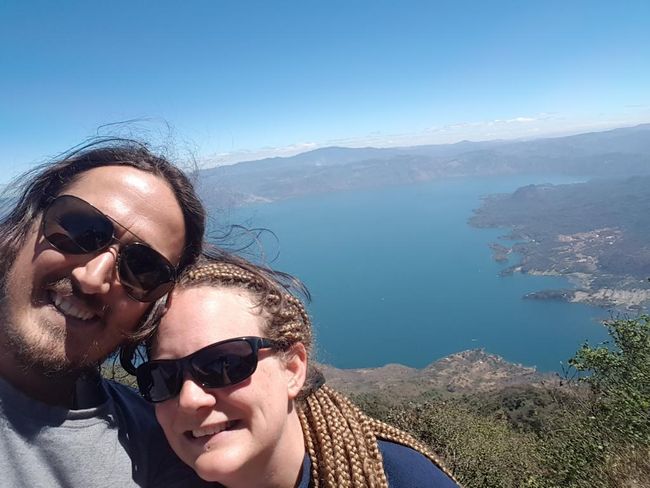
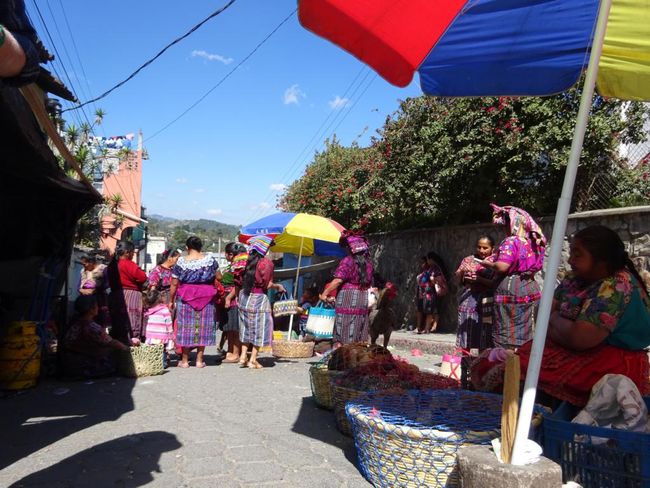
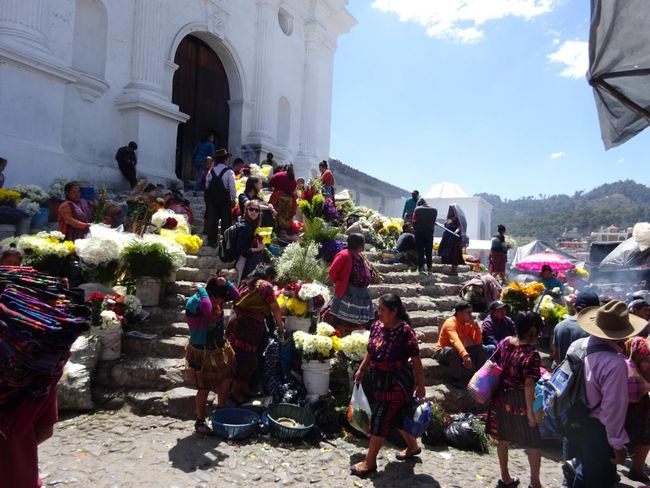
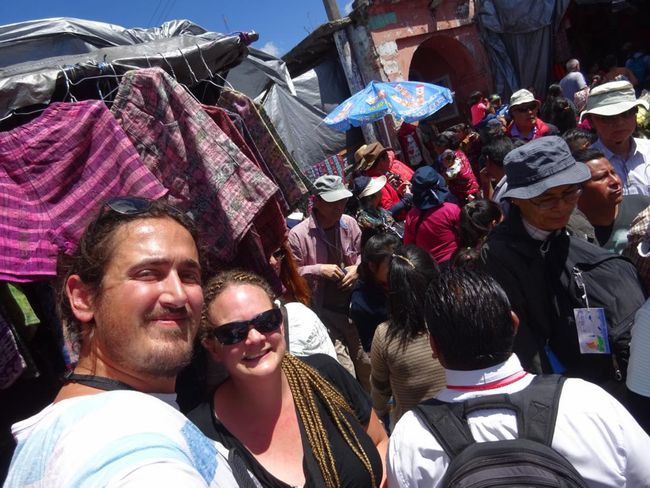
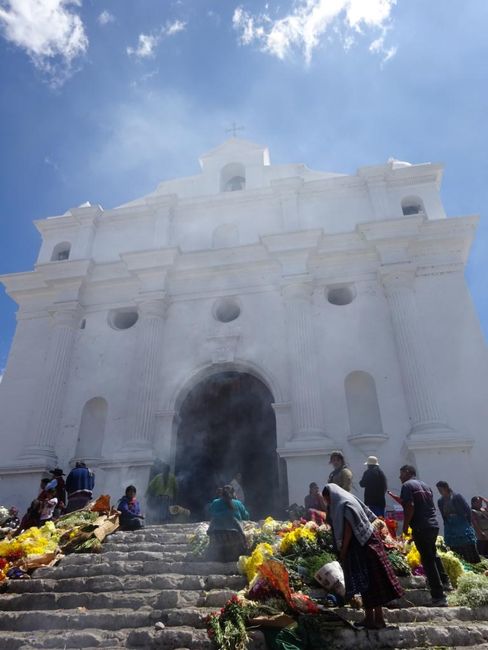
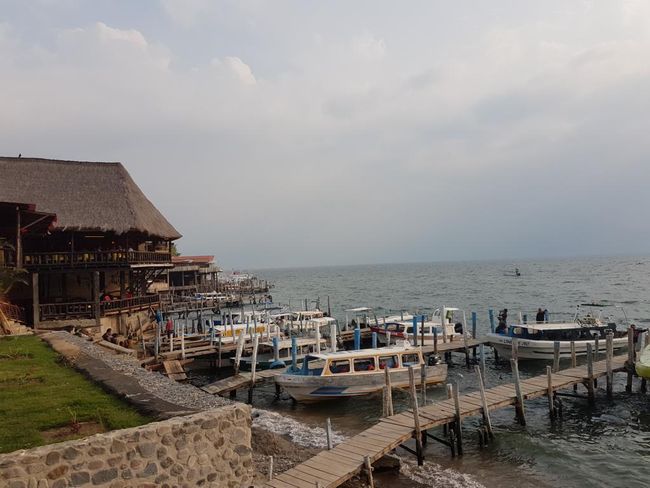
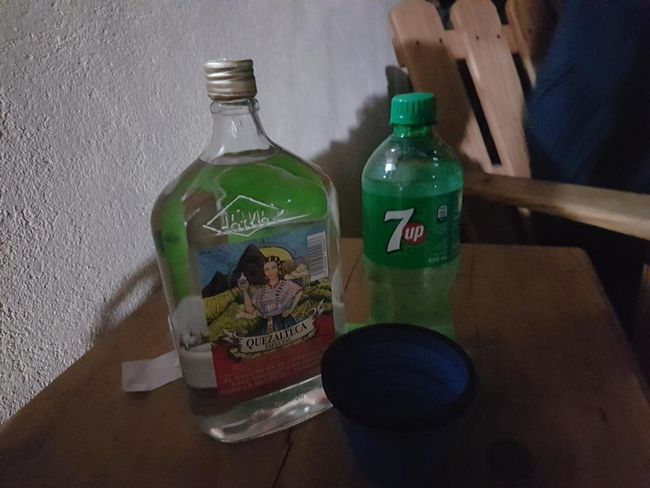
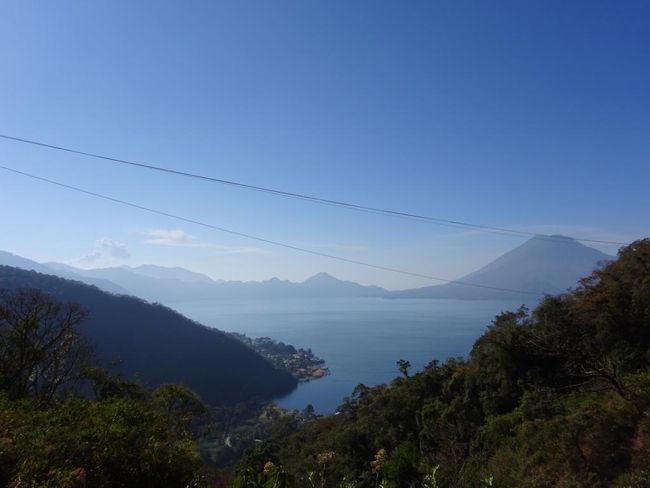
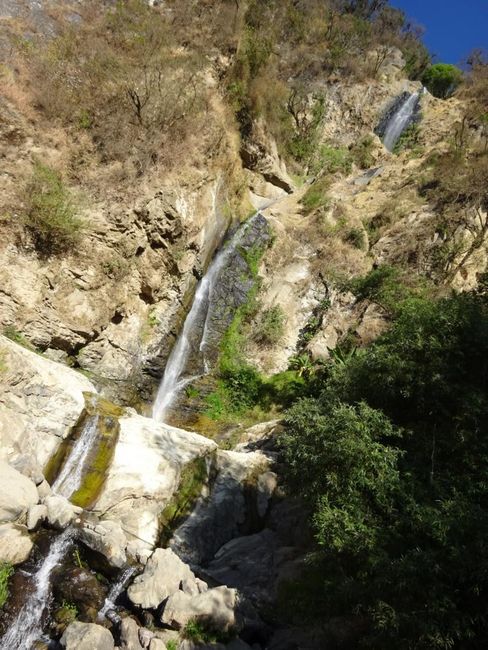
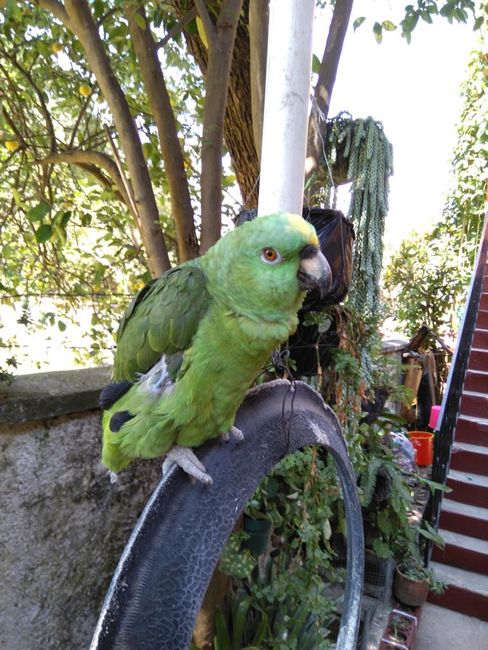
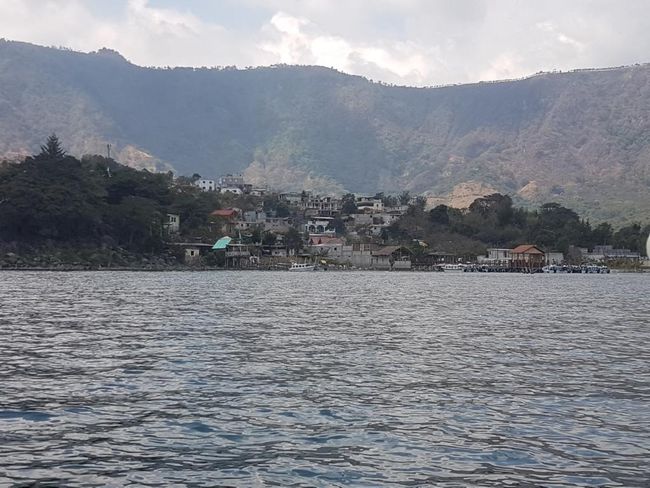
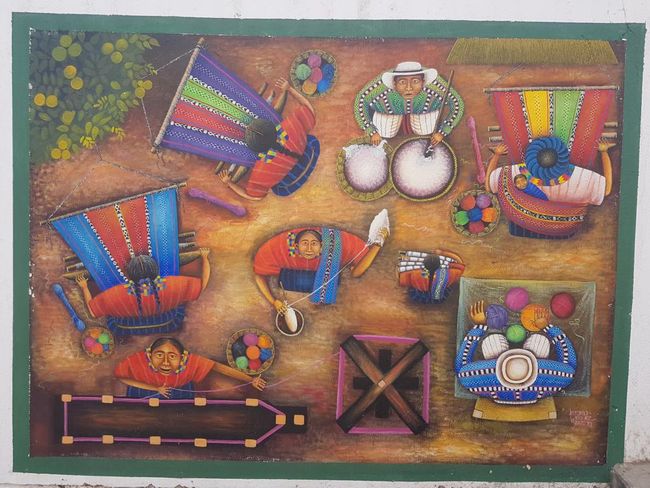
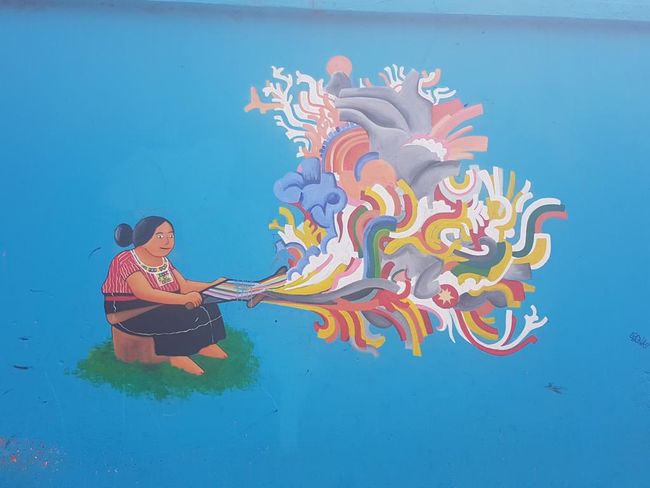
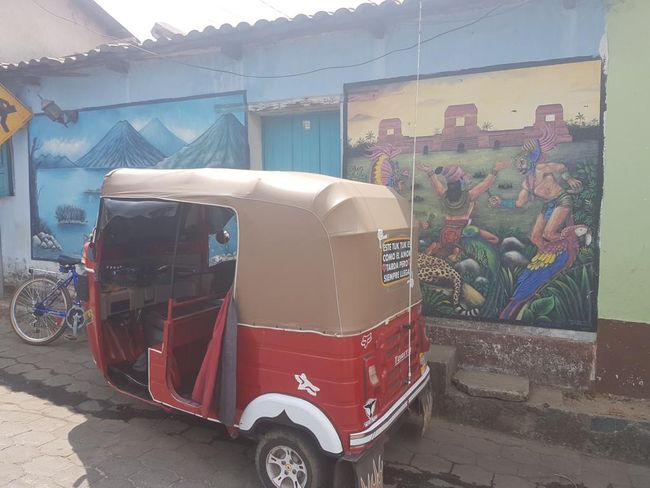
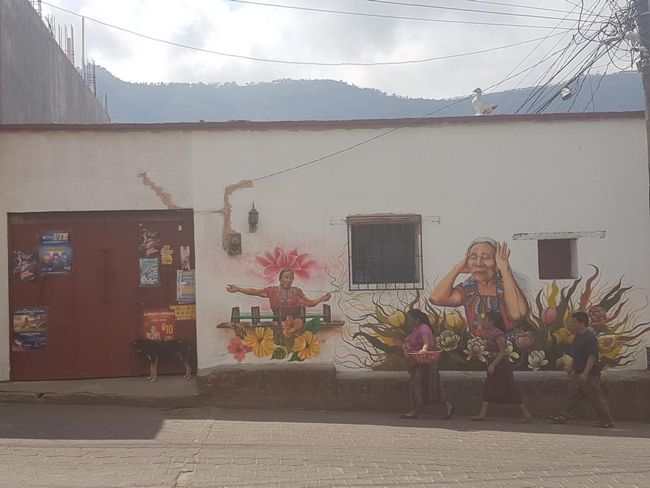
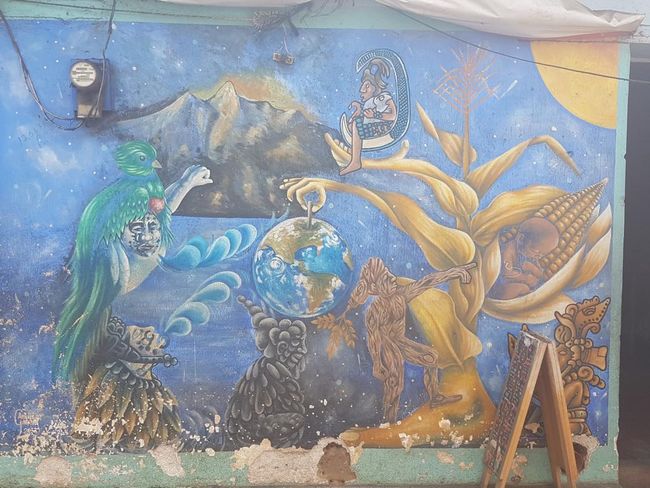
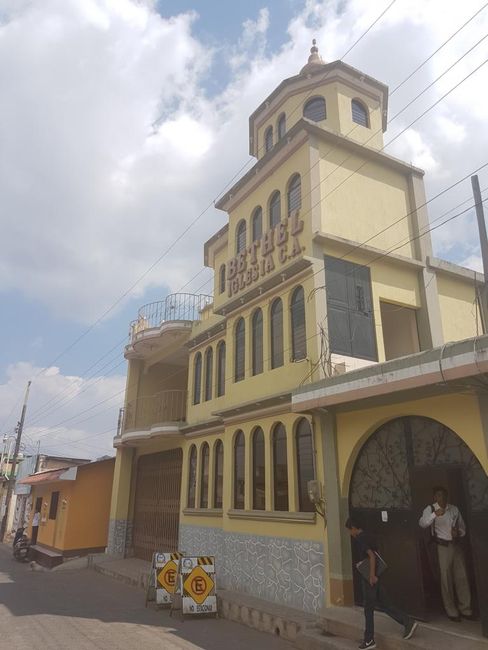
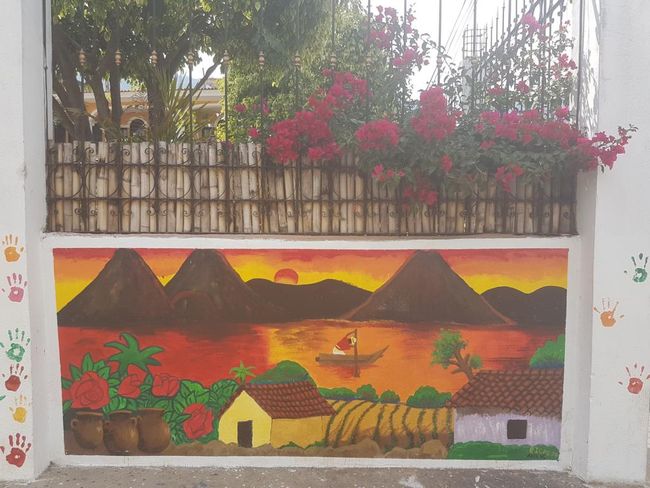
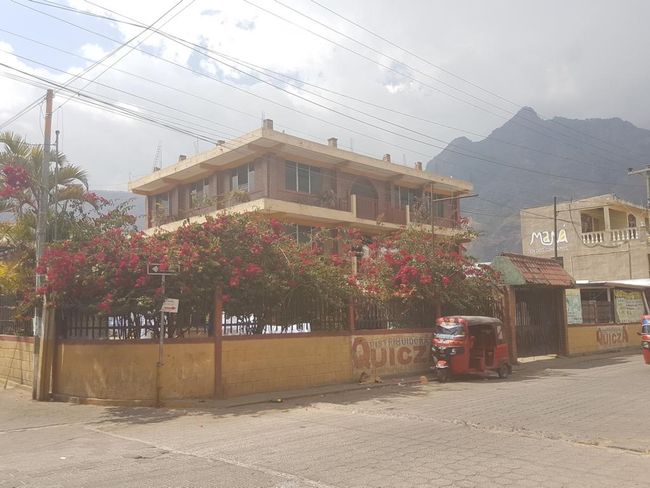
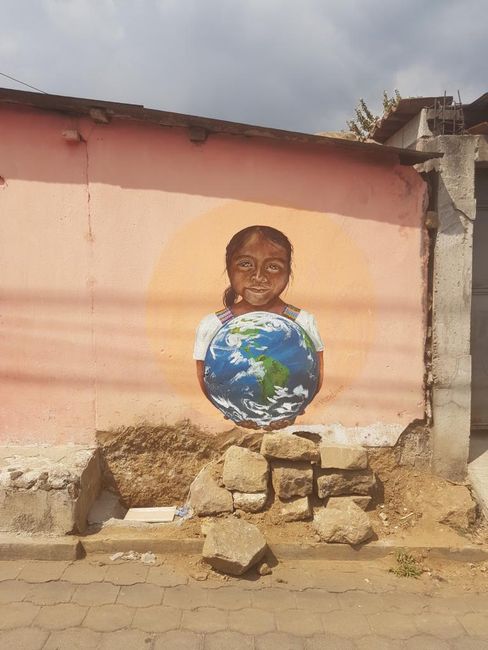
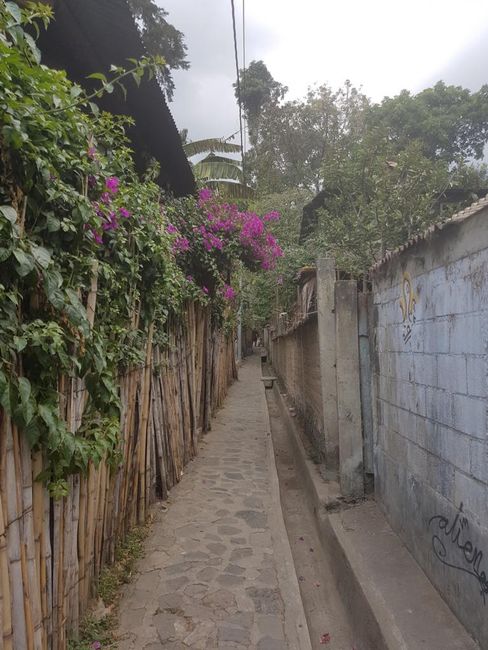
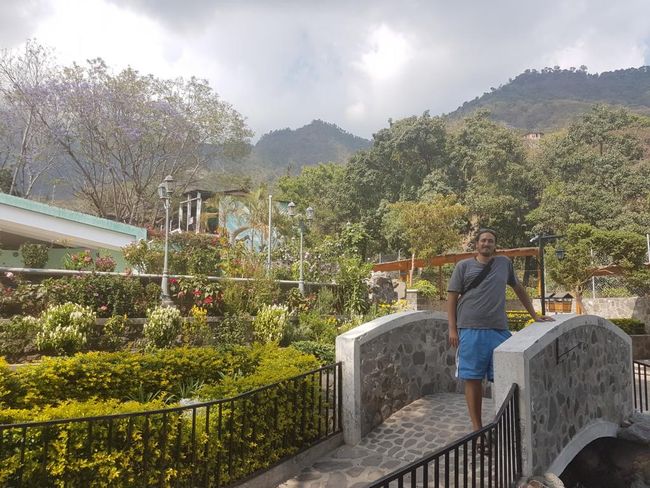
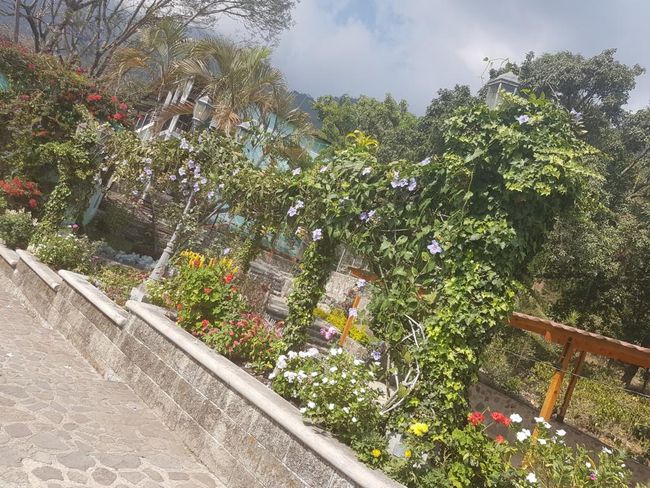
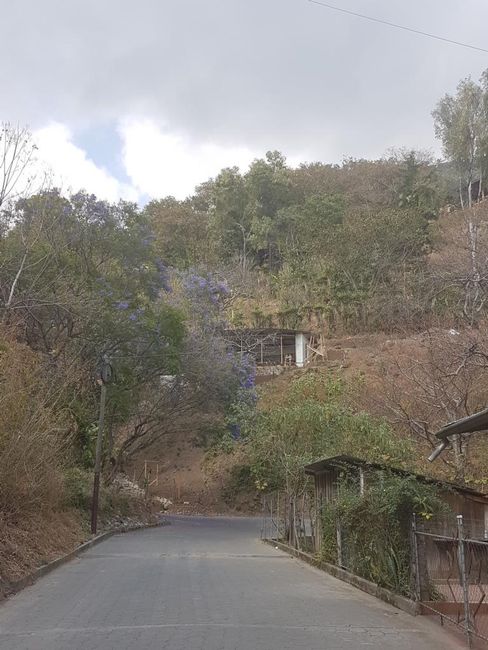
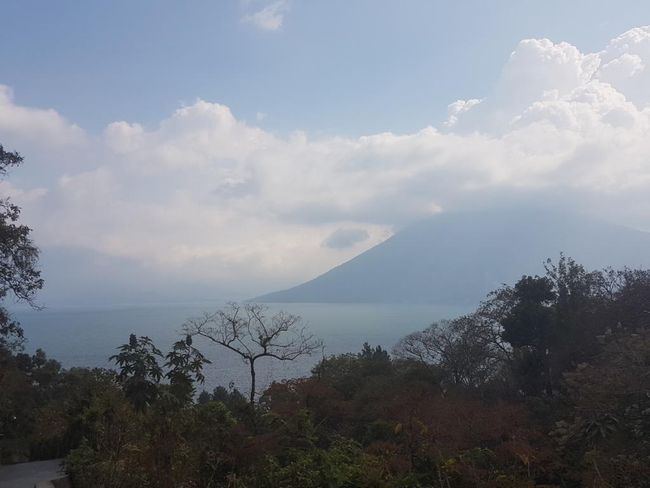
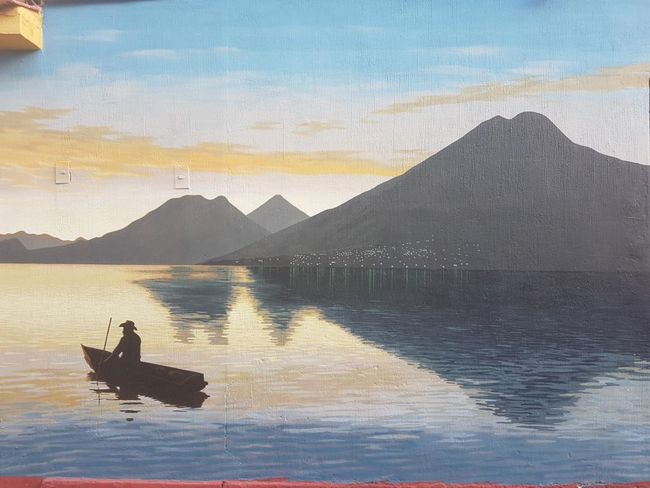
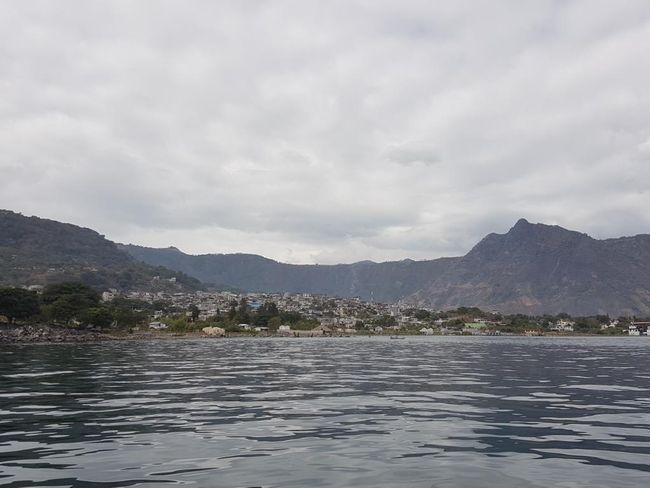
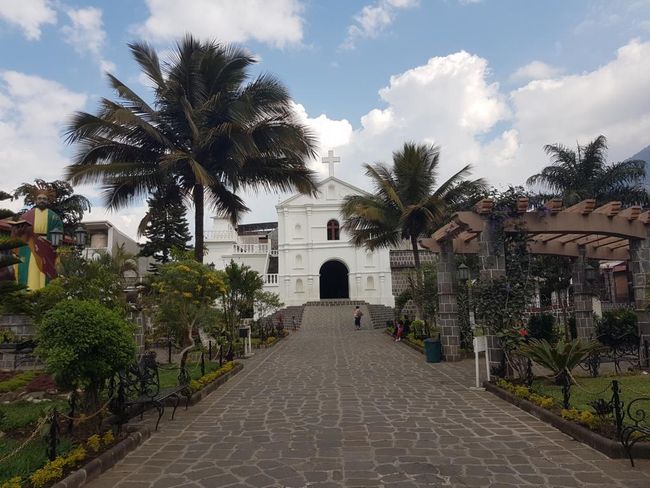
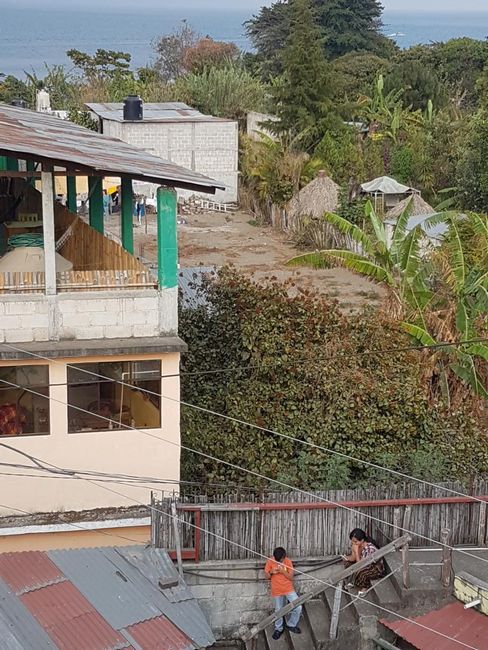
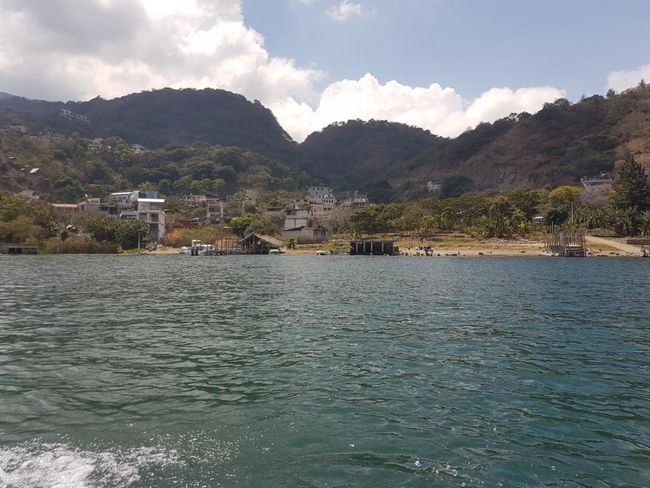
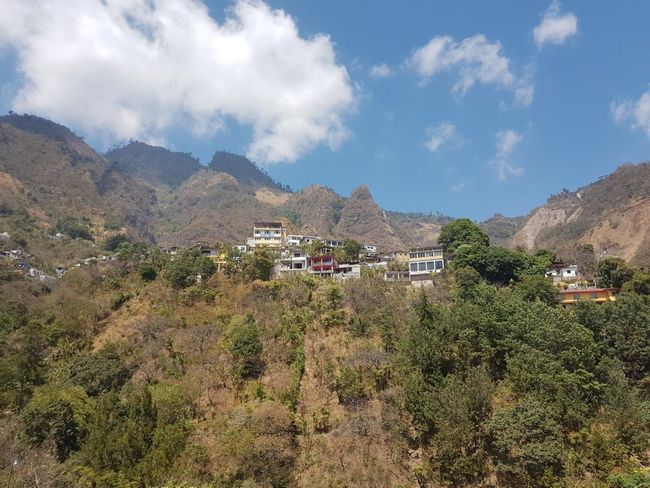
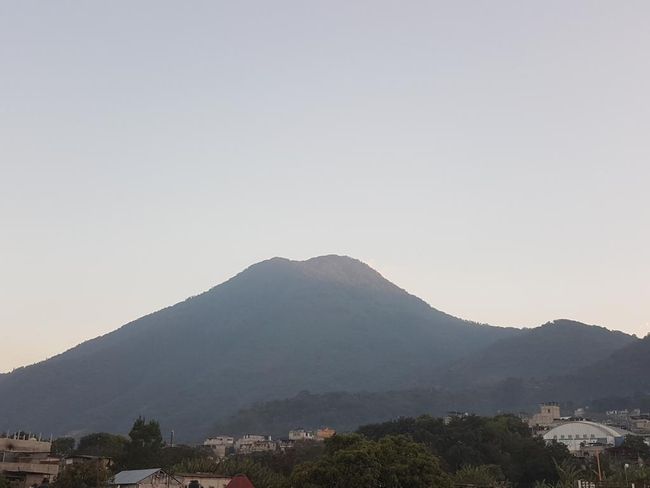
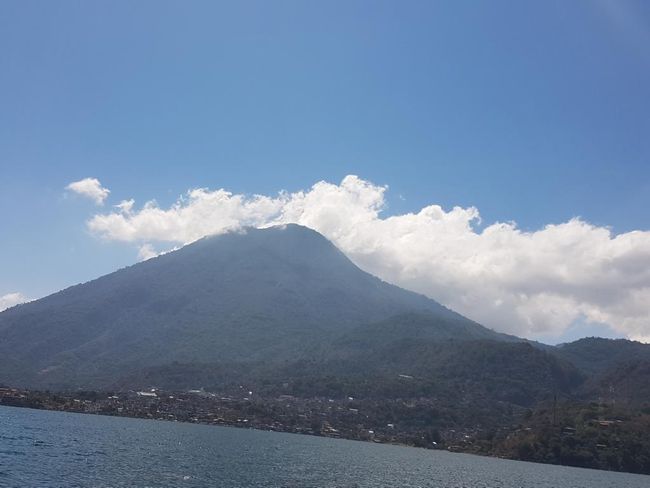
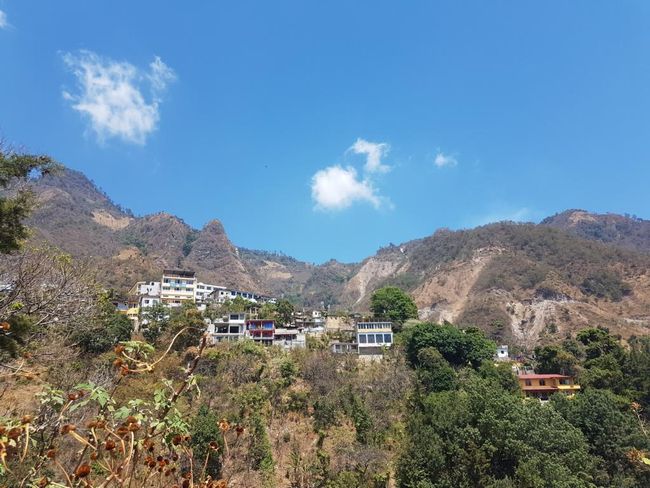
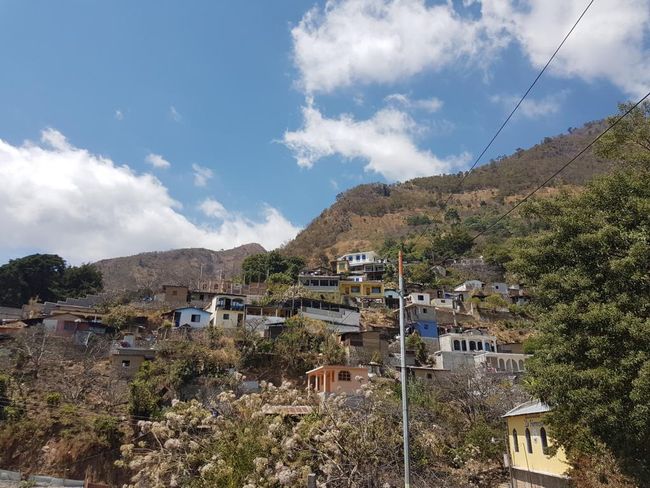
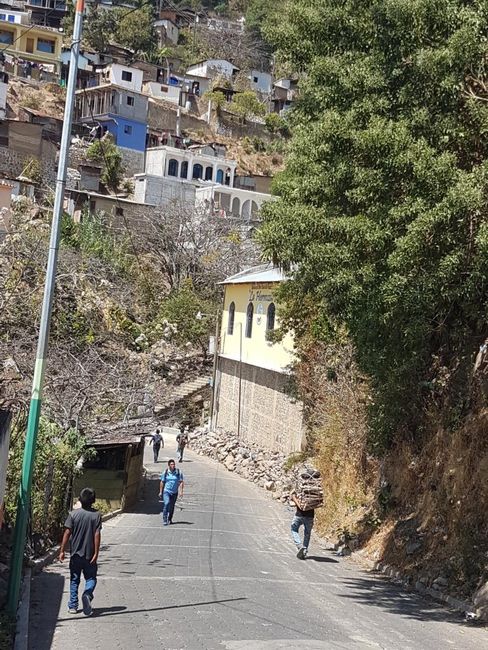
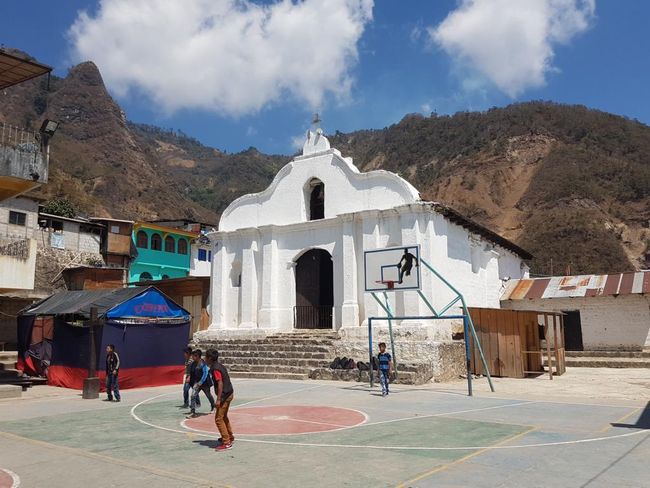

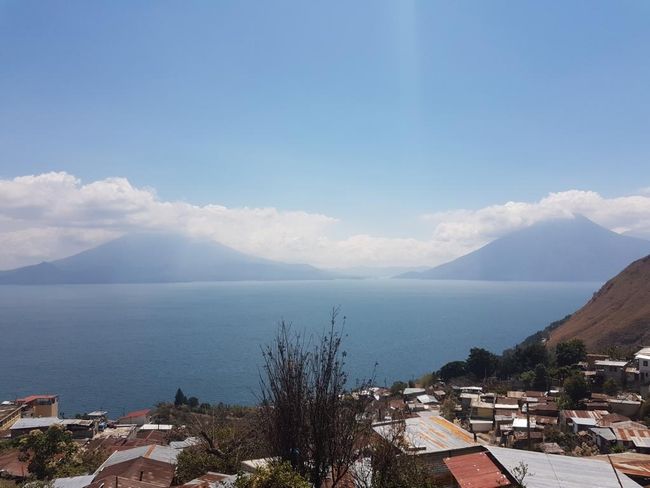
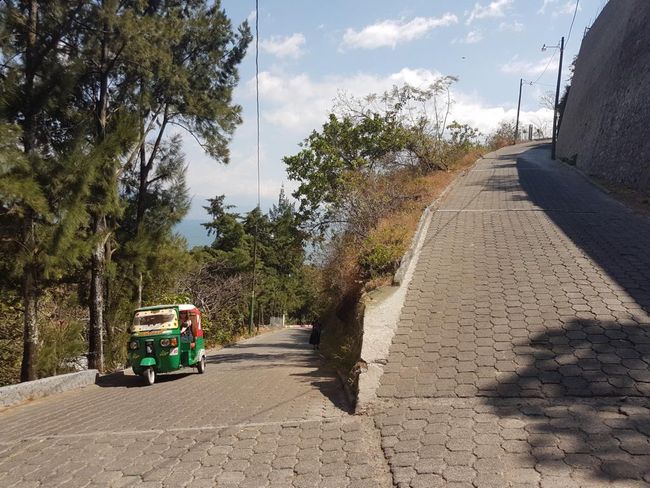
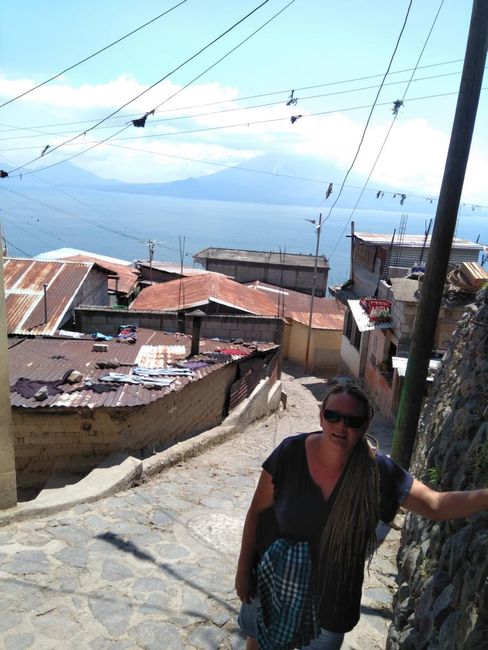
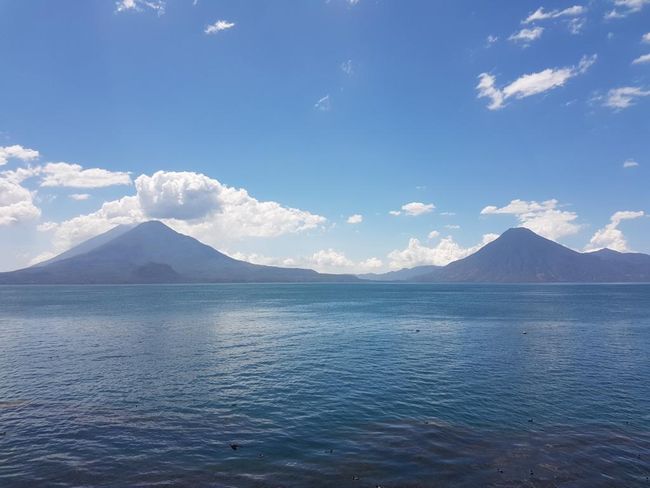
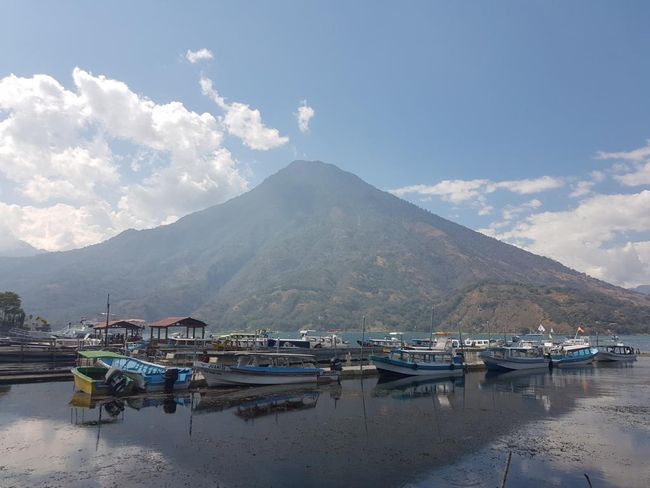
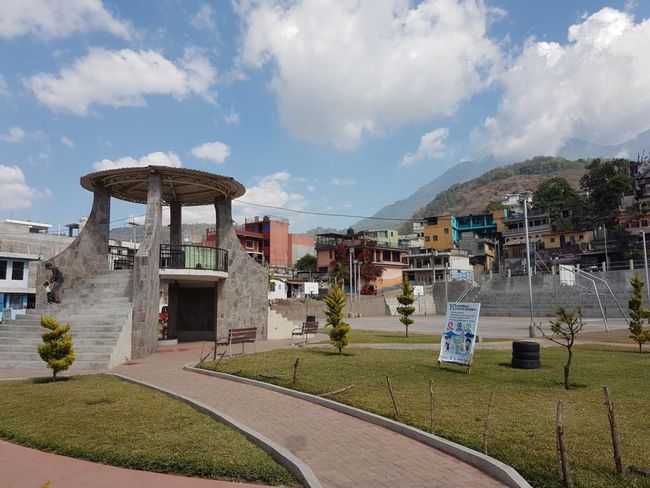
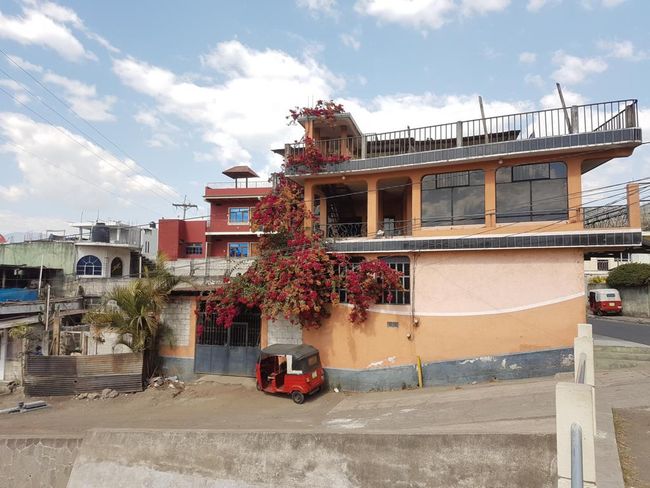
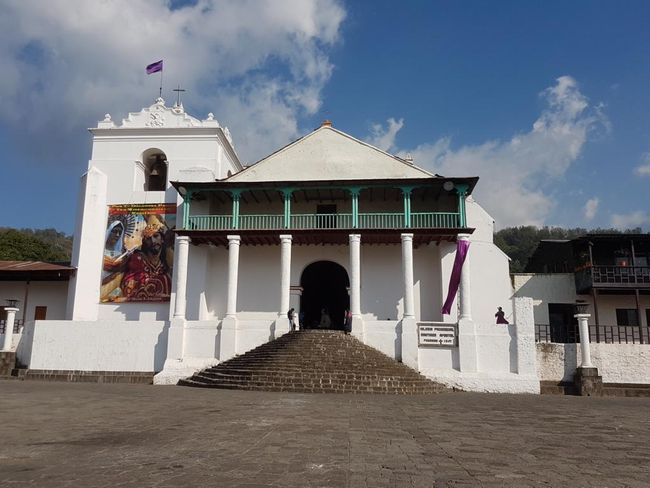
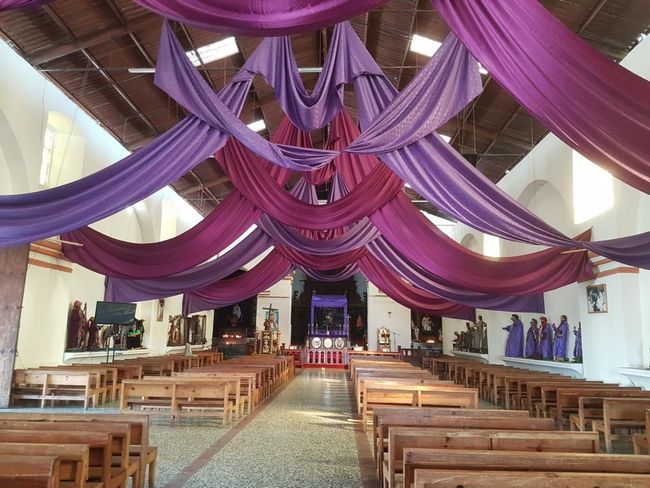
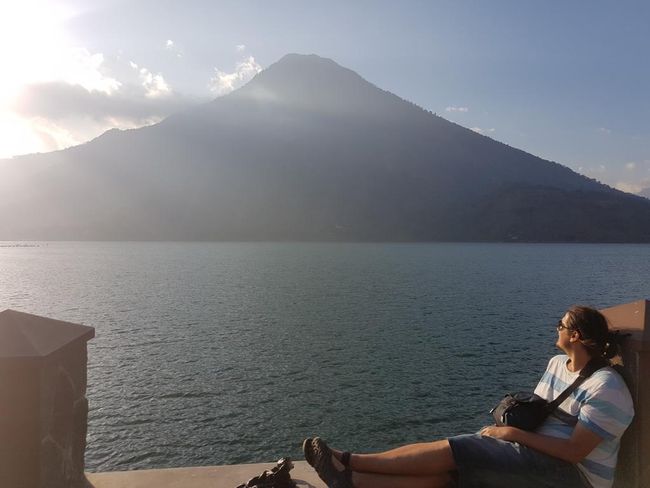
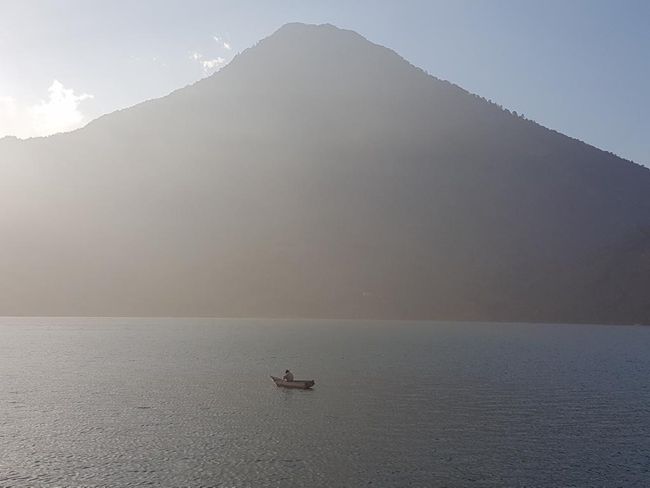
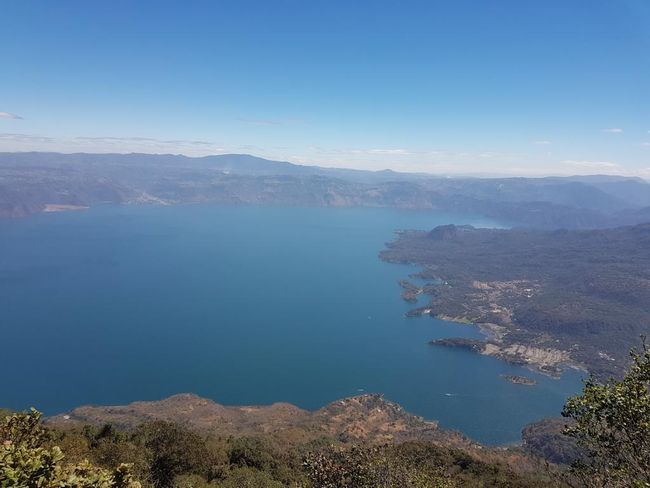
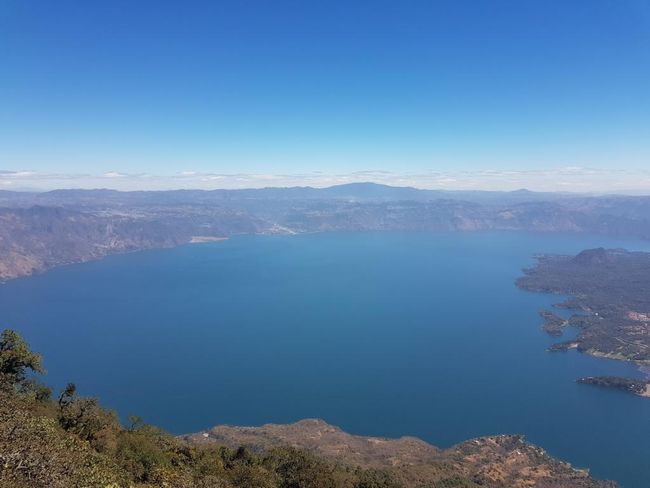
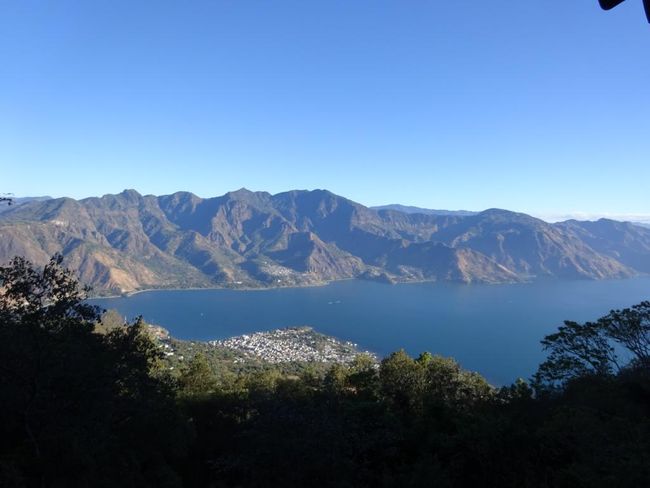
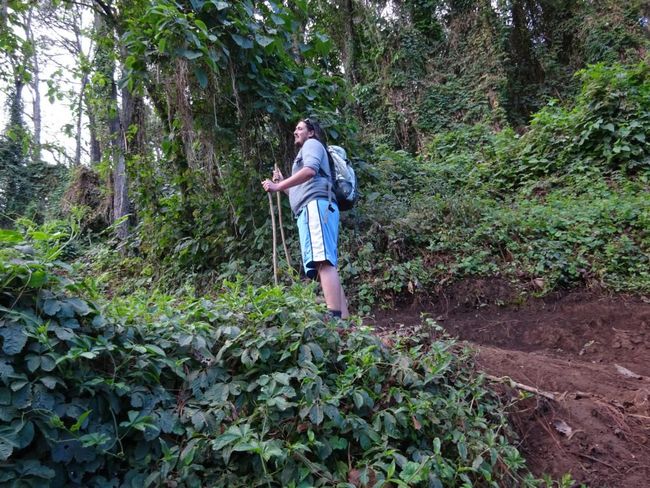
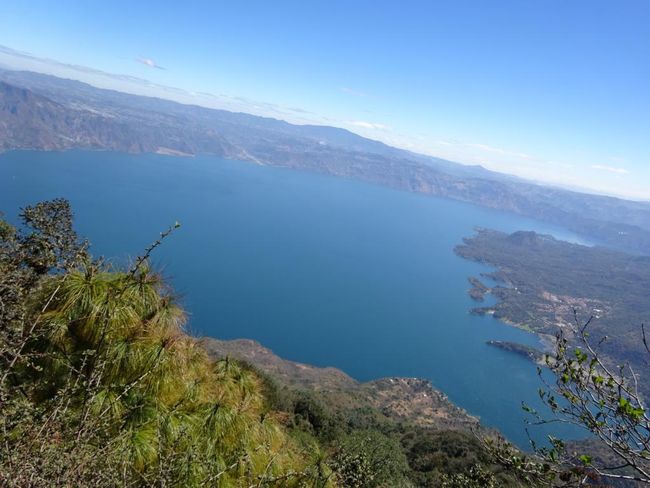
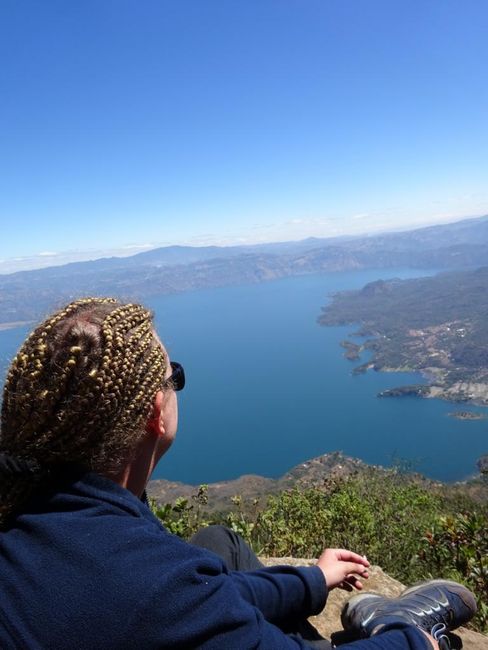
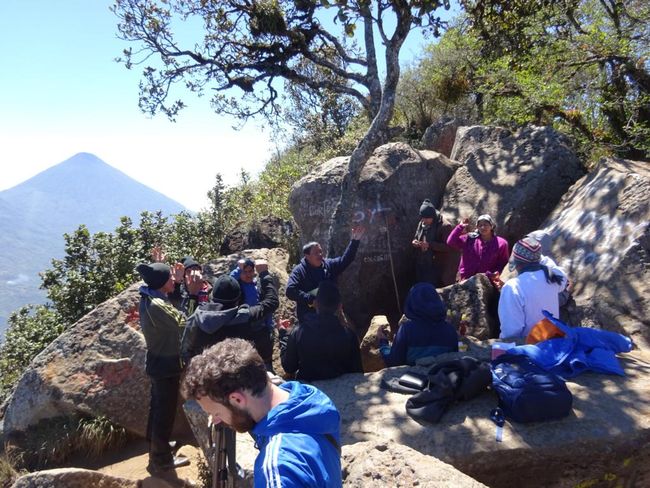
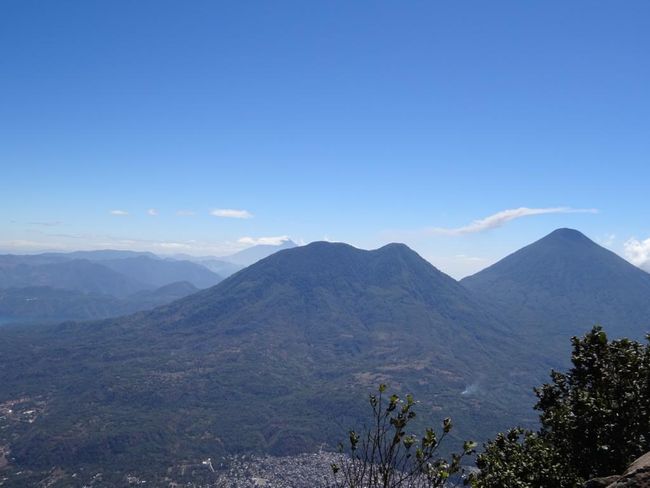
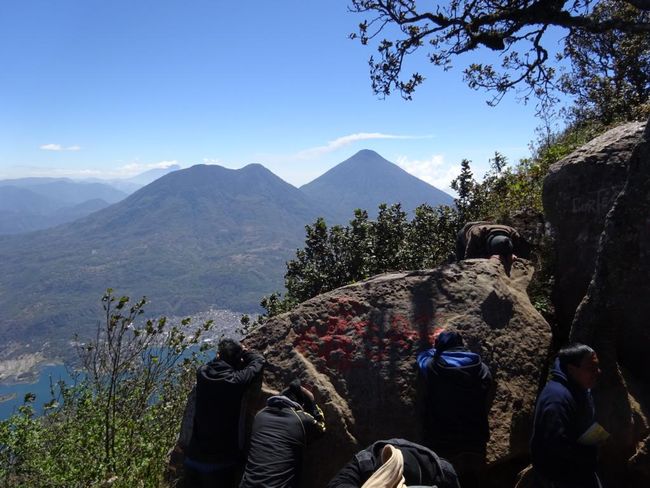
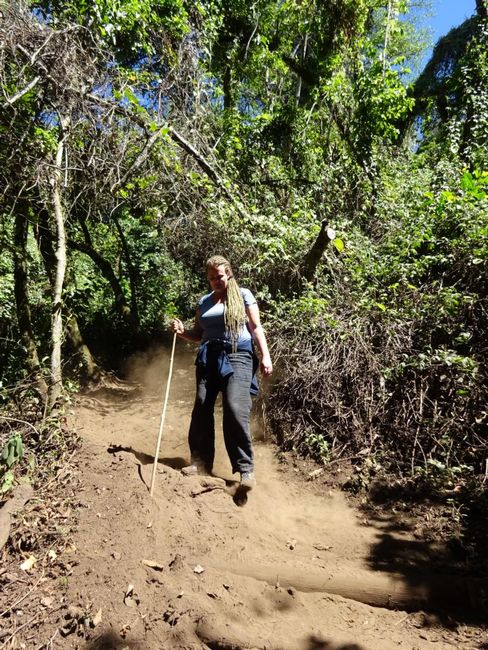
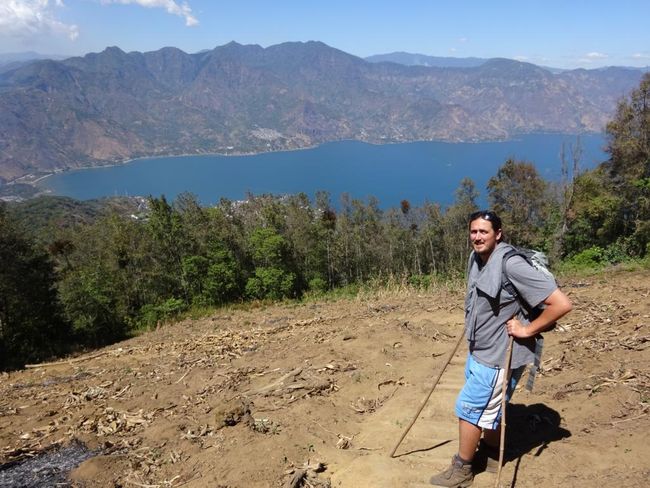
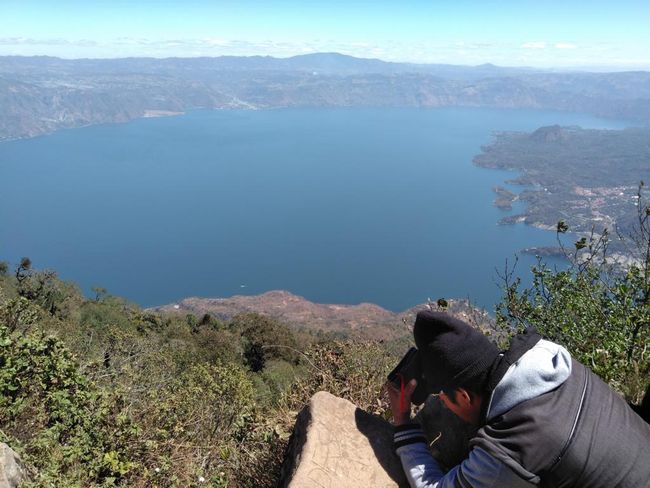
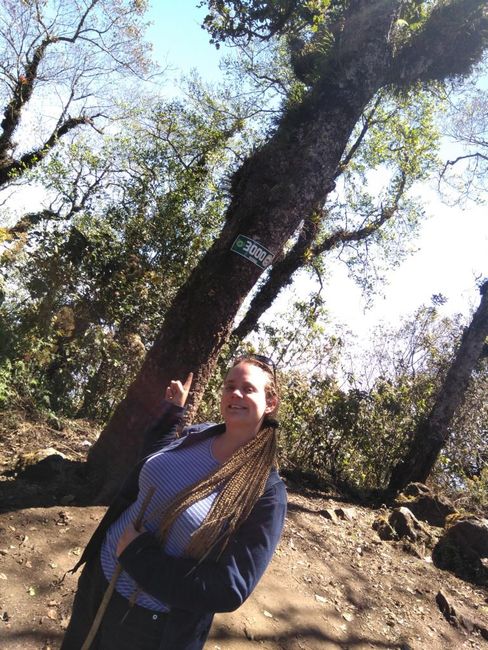
Willakuy qillqaman qillqakuy
From Antigua, we took a shuttle to Panajachel on Lake Atitlan. Something unprecedented happened on this bus ride: out of the 12 people on the bus, 4 were Germans and 8 (!) were Swiss. In total, there were 4 groups of 2 Swiss people: Livia and Fabian, Chantal and Natalie, Barbara and her friend (shame on me, I actually forgot his name....) and Jörg and me. It was a very enjoyable and chatty bus ride, during which the Germans probably felt quite left out. 😊 But when do you ever meet so many Swiss people in one place or on a bus? Especially since Swiss people abroad usually have the tendency to disappear as soon as they notice other Swiss people. Very different from, for example, Americans or Canadians, who immediately strike up a conversation and discuss for hours where exactly they come from, and whether they know anyone who lives near the other person. And since Lake Atitlan and especially the town of Panajachel are not soooo incredibly big, we will probably meet the Swiss connection again a couple of times.
Barely arrived in Panajachel, we learned of some family problems back home, so we decided to take it easy and spend our time at the lake to make the necessary phone calls. This had to be done in the early morning due to the time difference, so it was our favorite time to be awake. But it had the advantage that we were always up early. And if there's a place that offers the opportunity to be both on a journey and at home, then it's definitely Lake Atitlan. It's a very cozy and comfortable life here, and you can really enjoy staying here for a long time. There aren't many places where I really feel a pang in my heart when I have to leave. But Lake Atitlan is definitely one of them. Personally, it was a bit difficult for me to leave from there.
Panajachel is the largest city on the lake and also one of the tourist hotspots. There's not much to see, except for the usual shopping street for tourists. The lake region is well-known for handicrafts, especially textiles, so you are naturally inundated with them everywhere. The most beautiful thing here is definitely the view over the lake and the three opposite volcanoes: San Pedro, Toliman, and Atitlan.
We spent a total of 1.5 days in Panajachel, strolling around the town and the lakeshore, and there we met Livia and Christian again, who were only at the lake for a very short time. However, we still had time for a joint dinner.
On Thursdays, we went to Chichicastenango market. Yes, we needed several attempts to pronounce this name. But the Guatemalans have the habit of abbreviating all place names. Guatemala City becomes Guate, Panajachel becomes Pana, and Chichicastenango simply becomes Chichi. It's helpful to know this beforehand so that there are no misunderstandings. No boatman ever shouts "Panajachel" to announce departure, they simply say "Pana". By the way, the Guatemalans abbreviate all sorts of things, instead of "Por Favor" it becomes simply "Porfa".
So, we went to the market, which takes place every Thursday and Sunday and is considered one of the largest in Guatemala. There are special shuttles for tourists for the round trip. And who did we meet in the shuttle, hardly surprisingly: Natalie and Chantal! And that was a blessing, especially for my wallet and for my suitcase, because it left less time for a shopping binge, which is definitely possible at the market in Chichi. When we arrived in Chichi, we had breakfast with them first, wandered around the market, and then enjoyed the bustling atmosphere with a coffee, where we also met Barbara and her friend again. It was a really fun and successful day.... Jörg even had the opportunity to haggle and get a hammock for Natalie at a good price. And for me, or rather for our sofa, when we have it somewhere again, I got a beautiful woolen blanket at least.
From Pana, we took a little boat to Santiago Atitlan, a small village on the other side of the lake, where we stayed for one night. All traffic on the lake is done with these small boats operated by private boatmen. For tourists with little time, there are special one-day boat tours that include 4 stops in the villages around the lake. Of course, these tours cost quite a bit of money. The resourceful boatmen always try to sell expensive private tours with adventurous explanations. But that's not necessary because there are "Publicos" everywhere, public boats that the locals also use, and they are much cheaper. Depending on the waiting time for the next Publico at the pier and it stops at every village along the way, but we had time.
Santiago Atitlan was absolutely charming and we were very glad that we decided to stay overnight, so we could also enjoy the atmosphere in the evening. Moreover, not many tourists seem to stay here, as we didn't see any others in the evening.
Something very special here is that there are sports fields right next to the central squares, which gives the atmosphere a lot of life. During the day, we visited the village center further up the hill and sat in the park by the church, while next to us on the adjacent sports field, right in the middle of the village, a school class had physical education.
In the evening, we sat in the small park by the lakeshore, where there was also a large sports field, and where the teenagers ended their day with a football game. So, we were really in the midst of everything and got to experience the authentic village life.
From Santiago, we went to San Pedro, the second tourist hotspot on the lake. We spent several days there and had a hotel with a cool rooftop terrace, where in front of us was the lake and behind us was the San Pedro Volcano. You could call it bad luck, but we call it luck, that we were often dropped off by the boats at a different location than the main pier. But it always happened that we "accidentally" first walked into the actual village before finding the tourist area. It's typical for all the villages around the lake that the tourist infrastructure is right by the lake, while the locals have retreated further up the mountain. It was fortunate that we had taken the trouble to visit the actual villages instead of just wandering around the tourist areas.
We visited 3 more villages around the lake from San Pedro using the Publicos:
San Juan is a small village right next to San Pedro. It is mainly known for art, specifically oil paintings. However, there are also colored and beautiful murals throughout the whole village. There are not many tourists here, except on market day. Besides Santiago Atitlan, this village was our favorite.
San Marcos is a mecca for esotericism from all over the world. People come here mainly to practice meditation techniques, yoga, massages, reiki, and similar practices. Here too, we were dropped off at a different pier and wandered through narrow lanes overgrown with plants until we reached the small village center. Only when we were looking for the main pier for the return trip did we discover the tourist area, where there were vegan restaurants, hemp fiber pants, and other hippie stuff. Interestingly, the entrance to this street was right next to the main square, which we had passed by about 3 times.
San Marcos stands out for being very green. It's not a single agglomeration of houses in one residential area, but rather scattered, with plants growing in between, then a few houses, then plants again, etc.
Santa Cruz is very special for two reasons: Firstly, it is not possible to reach it by land, only by boat. Secondly, the village is located far, really very far up the hill. As all the villages are located on steep slopes, there are tuk-tuks everywhere, which are also used by the locals. We didn't take the tuk-tuks because we had no hurry and it also didn't hurt to get some exercise in the fresh air. However, during the ascent to Santa Cruz, we began to regret this decision. And yet we were still overtaken easily by smiling grandfathers who shouted to us that it wasn't much further. Apparently, it's not very typical for the few tourists who come here to actually hike up. We were asked about our origin by every guide we met along the way, and we faithfully stuck to our story. And the reaction was always the same: Croatia? We've never had Croatians here before! You are the first Croatians here!
And so it happened that Jörg and I were the first Croatians to climb the San Pedro Volcano! 😊
On top of the volcano, the number of other tourists was really very manageable. Interestingly, there was a pretty large group of locals gathered there, holding a kind of religious service with loud questioning and singing. It was a strange thing.
The view from the mountain of Lake Atitlan was absolutely stunning and definitely worth the hard climb.
And from above, you noticed something very special: the villages around the lake were a closed world, all to themselves.
And this sight confirmed an impression that we already had during our visits to the villages around the lake. The people here have been living among themselves and looking out for themselves for a long time. We had long had the impression that the Guatemalan government doesn't have much influence here, and that the people help themselves and organize themselves among themselves. And the people are very intelligent, they know exactly what matters. They know that tourism is their main source of income, and they have created a perfectly functioning infrastructure for tourists. There are hotels, laundries, restaurants, handicraft markets, tourist shuttles, guided hikes and tours, boat tours, etc. Everything a tourist heart desires. It is the indigenous population here that holds the reins, the woman in the tour office wears the typical indigenous dress just like the women in the laundry. Not like in Mexico, where we experienced that the indigenous people live on the fringes of society in poverty and sell their handicrafts on the street.
Nevertheless, it's a strange notion, considering that these people have experienced two European invasions. The first time was about 500 years ago when the Spanish came and tried to impose their culture, language, and religion on them by force. The second invasion was a few decades ago when some strange-looking backpackers showed up and asked, "Hey, can you wash my dirty laundry?"
Especially with the boats, you can see very well how organized they are. Although the boatmen all operate independently of each other, the prices and offers around the lake are roughly the same. And you really get the feeling that it's all coordinated and fixed among themselves. We also learned on San Pedro that the guides take turns. The guide is assigned to you, everyone takes turns taking care of the tourists, and everyone benefits from it.
We felt very safe everywhere around the lake. As mentioned before, we were greeted politely everywhere and were welcome everywhere. However, the people are rather reserved, keep to themselves, and it's not so easy to start a conversation. This is also evident from the aforementioned geographical separation. The tourists have been left to the lakeshore and are there during the day to do business with them, but in the evening, the locals retreat to their villages up the mountain. But you are a welcome guest everywhere and are treated as such.
Our time at Lake Atitlan is coming to an end, and with somewhat of a heavy heart, we move on from this wonderful place on Earth....
Willakuy qillqaman qillqakuy
Kutichiy (1)
Minhua
Hallo Elisabeth Deine Beiträge (Eure) sind wirklich genial und ich kann mir die Erlebnisse sehr gut vorstellen, da ich ja auch mal 1 1/2 Jahre auf Reisen war. So etwas ist das schönste was man im Leben machen kann und diese Erlebnisse werdet Euch bis ans Lebensende begleiten. Ich wünsche Euch von herzen viele weitere interessante Begegnungen und alles Gute Coni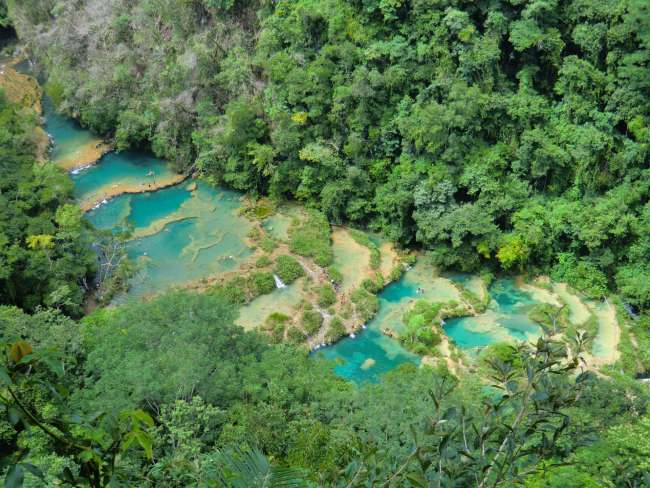
Viaje willakuy Guatemala
